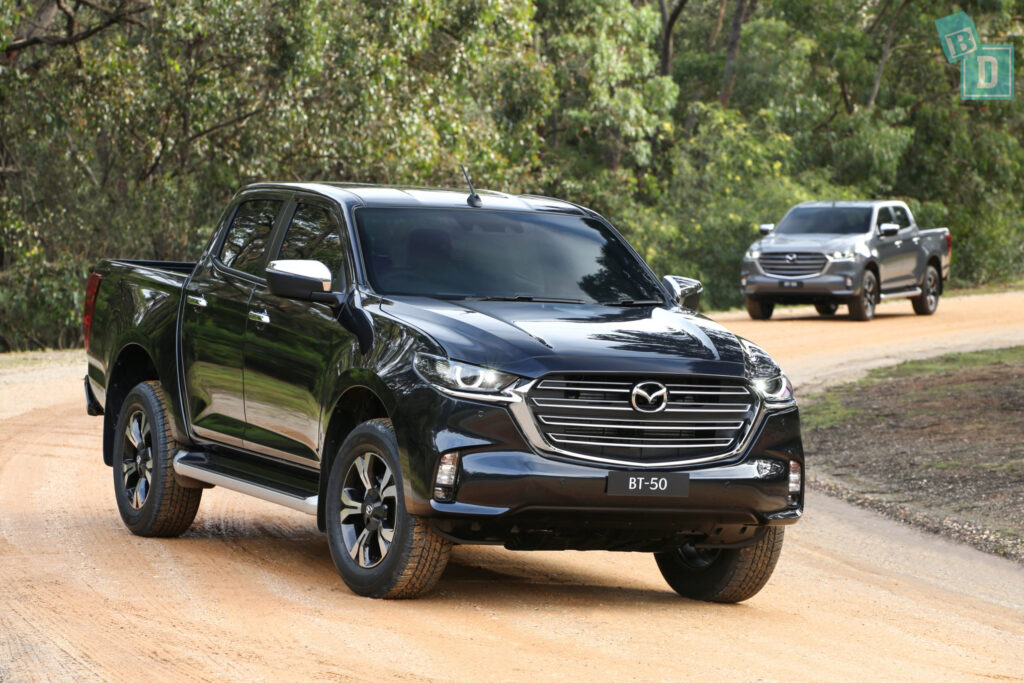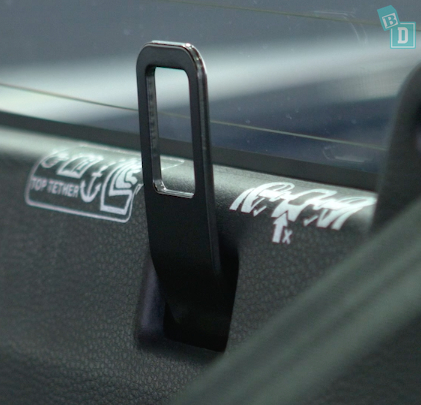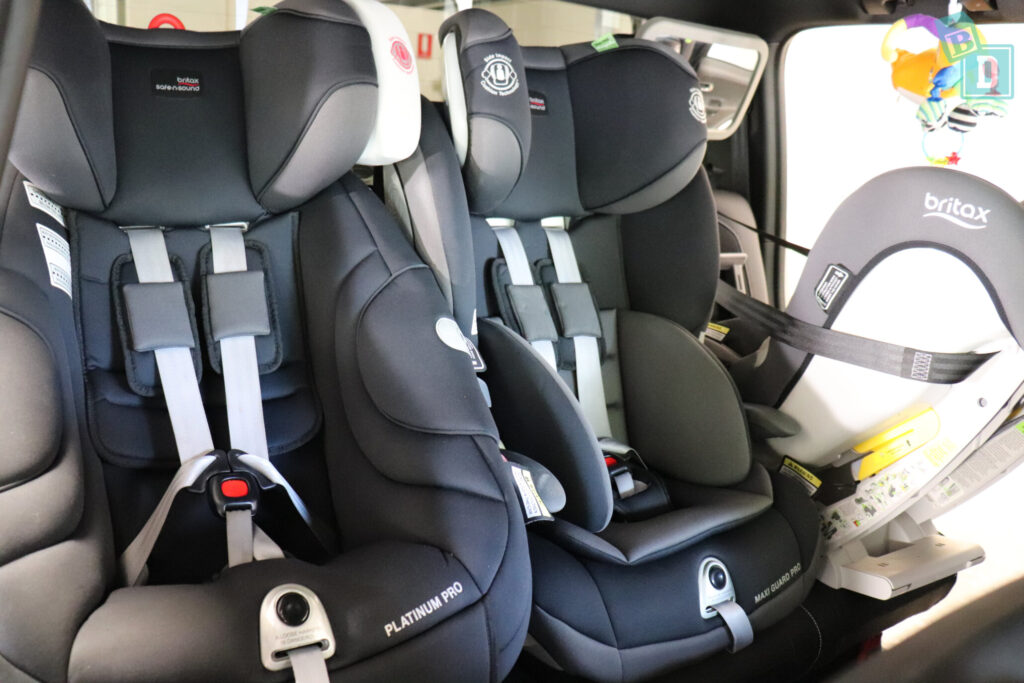The new 2021 Mazda BT-50, based on the latest and soon-to-launch Isuzu D-Max had its world debut in Melbourne today! These are the first two dual-cab utes in Australia to have to comply with the new ADR34 criteria that make it mandatory for light commercial vehicles to have top tether anchorages as good as those fitted to passenger cars and SUVs.


BUT, on first impressions, it seems ADR34 doesn’t go far enough!
Until now utes have not had to comply with the same rules as passenger cars and SUVs in relation to child seat fitment and top tether anchorages because they are classed as light commercial vehicles. Despite utes being the two top-selling vehicles in Australia and obviously used by Australian mums and dads every day.

At BabyDrive we were excited about the new 2021 Mazda BT-50 and the Isuzu D-Max on which it is based (the first BT-50 to not share construction and components with a Ford Ranger) but SHOCKINGLY among the publicity materials Mazda provided were shots of the new top tether anchorages, which SADLY appear to be a combination of what is found in the two WORST dual-cab utes for child seat installation, the Nissan Navara and Toyota HiLux.

The images seem to show woven fabric loops behind the outer seats, through which the top tether clips and straps must be fed before connecting to a large central metal anchor point behind the central headrest. The labelling also clearly shows that no child seat can be installed in the central position, meaning a maximum of two child seats can be fitted and a lack of flexibility over where parents can position them.

This is essentially the same system as the HiLux, with the advantage of a larger and more easily accessible central anchorage than the Toyota, but with the apparent downside that the outer woven loops are narrow like those of a Nissan Navara.

On the Navara, they provide only just enough room to feed the top tether clips, straps and adjuster through them, after which adjustment and tightening of the straps is very difficult.

Fabric loops that force the top tether straps to travel at an angle can result in a less solid child seat installation. There is also constant friction on the fabric loop, especially so on a vehicle capable of off-roading and all the extra vibration that can cause. This seems sure to accelerate wear and fraying compared with fixed metal anchorages.

NO passenger cars or SUVs tested by BabyDrive have any fabric loop style top tether anchorages and we doubt any exist.
If nothing else, this proves that ADR34 does not improve the situation as much as we thought (and hoped). If it did, it would mean the end of these woven loop anchorages and force dual cab ute manufacturers to include solid metal top tether anchorages fitted to the vehicle frame directly behind the second-row seats, or onto the seatbacks themselves, just like you'd find in a passenger car or SUV.

It’s not clear why Mazda (and probably Isuzu) have gone for this method, as the footage also clearly shows that the rear seat backrest folds forwards, which in theory would enable the fitment of more conventional top tether anchorages onto the frame of the vehicle as is the case in the Ford Ranger, Mitsubishi Triton, Volkswagen Amarok and current Isuzu D-Max (which can fit three child seats across). The previous model BT-50 comes with no top tether anchorages from the factory, although it is easy enough to fit them as the threaded fixings are built into the frame behind the seats.

If these top tether anchorages remain unchanged when the 2021 Mazda BT-50 (and possibly D-Max) hit the market, only the Mitsubishi Triton (which we rate the easiest dual-cab ute for child seat fitment), Ford Ranger and Volkswagen Amarok will have solid metal top tether anchorages fitted to the seatbacks or the vehicle frame directly behind the second-row seats. Of these, only the Amarok comes with top tether anchorages for three child seats across but the VW has the downside of having no rear airbags or modern crash-prevention technologies.

If the glimpses we've seen so far represent the final product and are representative of both the new BT-50 and D-Max, it feels like such a missed opportunity for both Mazda and Isuzu who could have lead the way in setting the standard for family-friendly dual-cab utes. Instead of addressing the issue, if these utes hit the market with top tether anchorages like the ones in the BT-50 promo, it could mean fewer choices of dual-cab ute with the ability to install three child seats across and, worryingly, more dual-cab utes with confusing child seat installation methods potentially leading to incorrect child seat installations.





Be the first to comment